Why he was considered the most terrible enemy of Ancient Rome?

Decebalus was the last king of Dacia and a legendary figure in the history of the Romanian people. He was the man who led the armies of Dacia in the most cruel conflicts in antiquity. Decebalus eventually killed himself, and after his death, part of the territory under his control became part of the Roman Empire.
Decebalus, the last king of Dacia, is one of the fascinating figures in Romanian history. His reign, for two decades, took place at a time when the Roman Empire was in constant expansion and posed the greatest threat to the people who ruled the present-day territories of Romania. The armies of the Dacian king were eventually defeated by the Romans, and part of the country became a province of the Empire. However, the defeated king went down in history as a terrible opponent even for the mighty Roman Empire.
Here are 6 lesser known things about King Decebalus:
1 . The most famous description
The Latin historian Cassius Dio presented Decebalus as a terrible enemy of the Romans. "Decebal, king of the Dacians, was skilled in wars and skilled in deeds, knowing when to invade and when to retreat in time, a master in stretching races, brave in battle, knowing how to skillfully use victory and escape defeat successfully: for which he was a terrible opponent for a long time ", Part of Cassius transmitted notebooks in the Histories in which he described the Daco-Roman wars.
2 . How he became king
According to historians, Decebalus was born between the 50s and 60s of our era and came to rule the country in 87, at a time when Dacia was under threat from Roman armies. According to ancient historians, King Duras voluntarily ceded power to him, and the decision thus enabled the reorganization and strengthening of the Dacian state. The decebal is said to be the son of King Scorilo, according to historians interpreting the inscription discovered in Sarmizegetus Regia. It is a vessel, probably cult, printed with the inscriptions Decebalvs Per Scorilo, written in Latin letters. Historian Hadrian Daicoviciu translated the inscription: Decebalus, son of Scorilo. Indeed, the word per (related to the Latin puer) means "son" in the Thracian-Dacian language, as, for example, in the name Zuper. The Greek alphabet has been replaced by the Latin; on the great cult court discovered in Sarmizegetusa, the inscription Decebalus per scorilo was written in the Dacian language, but in Latin letters ", states Hadrian Daicoviciu, in the volume Dacia (1965)

3 . What the kingdom of Decebal looked like
In the time of Decebalus, the Dacian empire included Transylvania, Banat, Oltenia, central and southern Moldavia, it was considered stronger and better organized than in the time of King Burebista, even if it was less extensive. The borders of the Dacian state were in the south and west of the Danube, in the east the Prut and the Danube, and Dobrogea was under Roman influence. The capital was Sarmizegetusa Regia, on Mount Orastiei.
4 . How he deceived the Romans
Another testimony to the skill of the Dacian king in the war came after the defeat in 88 in Tapae, where the Dacians tried to resist the invasion of the Roman legions led by General Tettius Iulianus. Historians claim that Roman legionaries were then ordered to write their names on the shield, so that they could be persecuted in battle.
They defeated the Dacians, but suffered significant losses. Decebalus' army retreated to the mountains, in the manner of the Romans, who gave up persecution and crushing. Legend has it that one of the traps set by the Roman king Decebalus was to clear the trunks of trees in the forest, which they decorated with weapons and armor, so that the legionaries thought they had a large army in front of them and avoided advancing towards Sarmizegetusa.
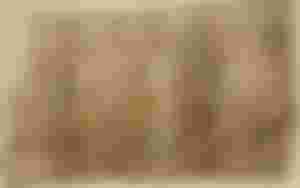
5 . Treasures of Decebalus
Historians who reported on the Daco-Roman wars claim that the armies of Emperor Trajan took loot that amounted to over 160 tons of gold and 300 tons of silver. The conquest of Dacia was celebrated for 123 days on the streets of Rome, and its citizens were exempted from paying taxes for a year. Before the Romans conquered Dacia, Decebalus, however, hid part of the treasure in the bed of the river Sargetia, which flowed near the capital Sarmizegetus Regia, according to Dio Cassius. "Decebal broke the river with the help of prisoners and dug a pit there.
He put a lot of silver and gold in it, as well as other very precious things, put stones over them and piled up the earth, and then returned the river to its bed. Also with those people that Decebalus put in safety, in some caves, clothes and other things. "After all this, he butchered them, so as not to reveal anything," said Dio Kasija. However, the Roman historian claims that Decebalus was betrayed by Biciclis, one of his relatives, who was captured in the war, and the Romans discovered the treasure.
The second report on Decebalus' treasure came to life 14 centuries later, when the locals found an extremely valuable treasure in the river Strei, which was believed to belong to the Dacian king. "Some Romanian fishermen went with the sheikhs from Muresu to Strei and, tying the boats to the trunk, they saw that something was shining. Wanting to throw out of the water what was bottled through the roots of the tree and looking deeper, they found even more yellows, especially those of Lysimachus, king of Thrace, with a Greek inscription.

6 . How Decebal died
The dramatic scene of Decebalus' death is illustrated in Trajan's Column. The fresco shows him surrounded by Roman soldiers as a dagger cuts his neck. "Decebalus knew very well that, after he was lost, he would be taken into slavery, in order to decorate the triumph of the victorious emperor. His pride could not bear such shame and that is why he preferred to end his life alone ", explained historian Ioan Horatiu Crisan.
The scene was also told by the Latin historian Dio Cassius. "When Decebalus saw that his throne and the whole country were in the hands of the enemy, that he himself was in danger of being captured, he ended his days. His head was taken to Rome, "said the Latin historian Dio Cassius. Less is known about where the event took place.
Thank you for reading my article ... I hope that you enjoyed ...
I send you a big greetings!
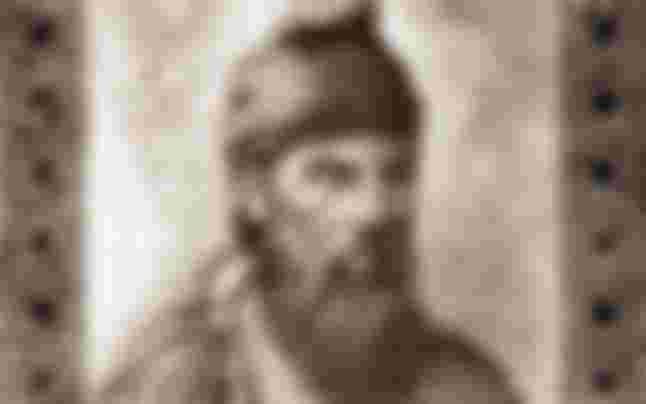
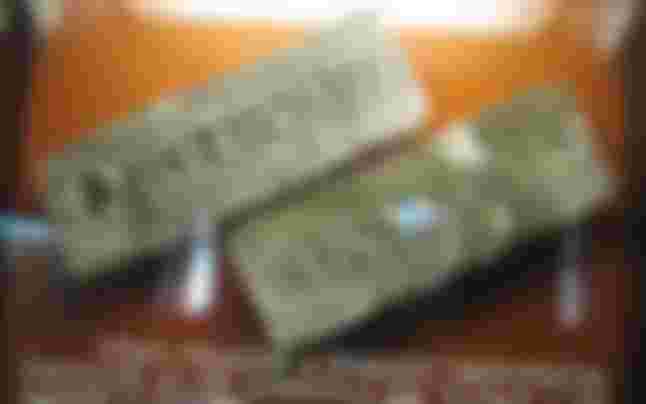
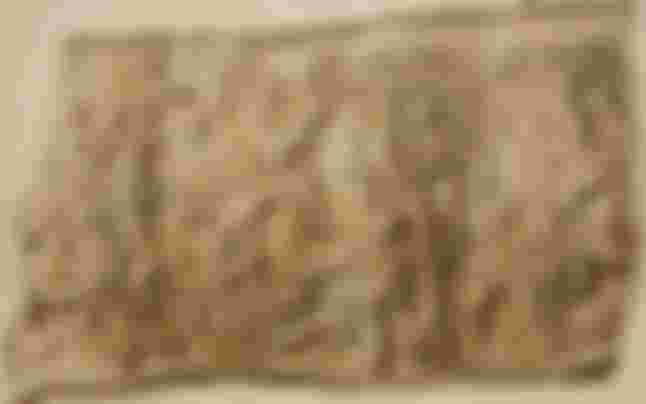
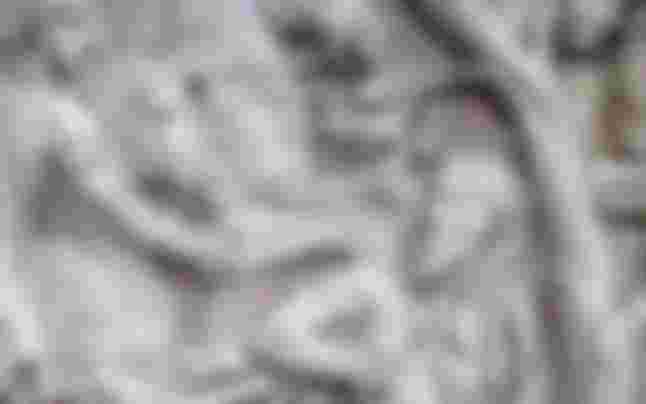
I saw his figure carved in stone on the Romanian side of the Danube as I drove along the Danube Highway from Kladovo to Romania.